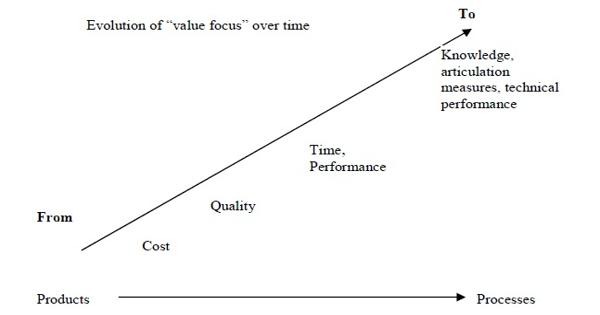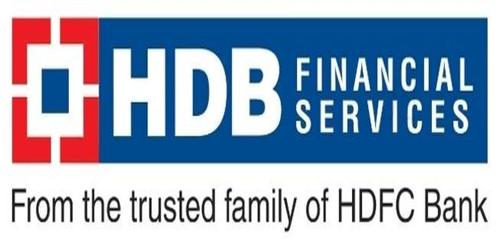Sum-of-the-years-digits method applies a decreasing rate to the asset depreciate value and produces a decreasing depreciation expense over the useful life of the asset. The decreasing rate equals the fraction of a current year’s digit to the total of all year digits in the asset useful life.
The following steps are to be taken to determine the amounts of depreciation expense:
- Sum up the year digits, beginning with the number of years the asset will be in use and going down to 1. For example, if an asset will be used for 5 years, the resulting total will be 15 = 5 + 4 + 3 + 2 + 1.
- Determine the depreciation for each year by multiplying the depreciable cost (historical cost – salvage value) by the fraction of each year digit to the total of all year digits (from step one). For instance, the depreciation expense for the first year will be Depreciable Cost x 5 / 15, for the second the expense will be Depreciable Cost x 4 / 15, and so on till Depreciable Cost x 1 / 15 in the last year.
The table below shows the depreciation expense computations for our example. Note that the total of all year digits is 10. The number of years the computer will be in use is 4, then 10 = 4 + 3 + 2 + 1:
Illustration 8-13: Schedule of sum-of-the-year-digits depreciation for Mr. Serfy’s computer
Year | Depreciable | x | Factor | = | Depreciation |
20X7 | (23,000 – 3,000) | x | 4/10 | = | $8,000 |
20X8 | (23,000 – 3,000) | x | 3/10 | = | $6,000 |
20X9 | (23,000 – 3,000) | x | 2/10 | = | $4,000 |
20X0 | (23,000 – 3,000) | x | 1/10 | = | $2,000 |
$20,000 |
The entire depreciable cost is depreciated over the four years without a remainder or surplus. This is achieved because the factor for each year (i.e., 4, 3, 2, and 1) represents a part of a whole (i.e., 10). The four digits together equal the total (i.e., 4 + 3 + 2 + 1 = 10), and respectively, the entire depreciable cost is allocated to expense.
















